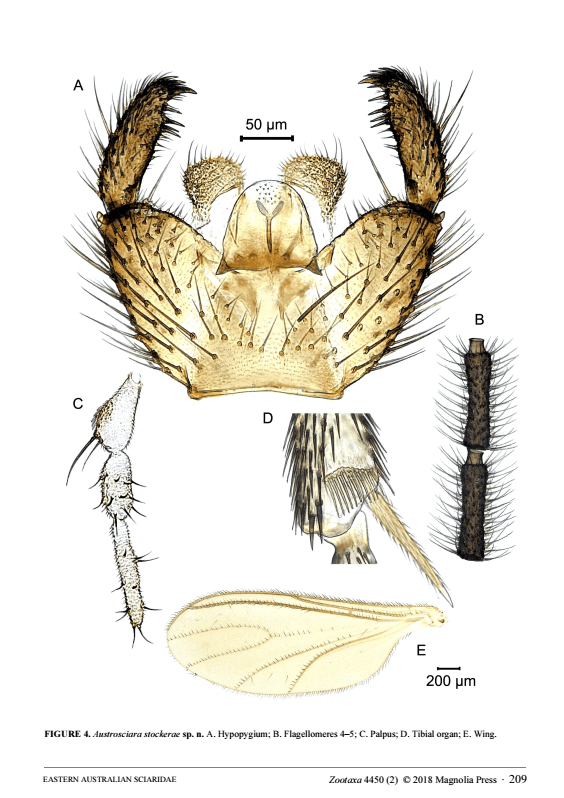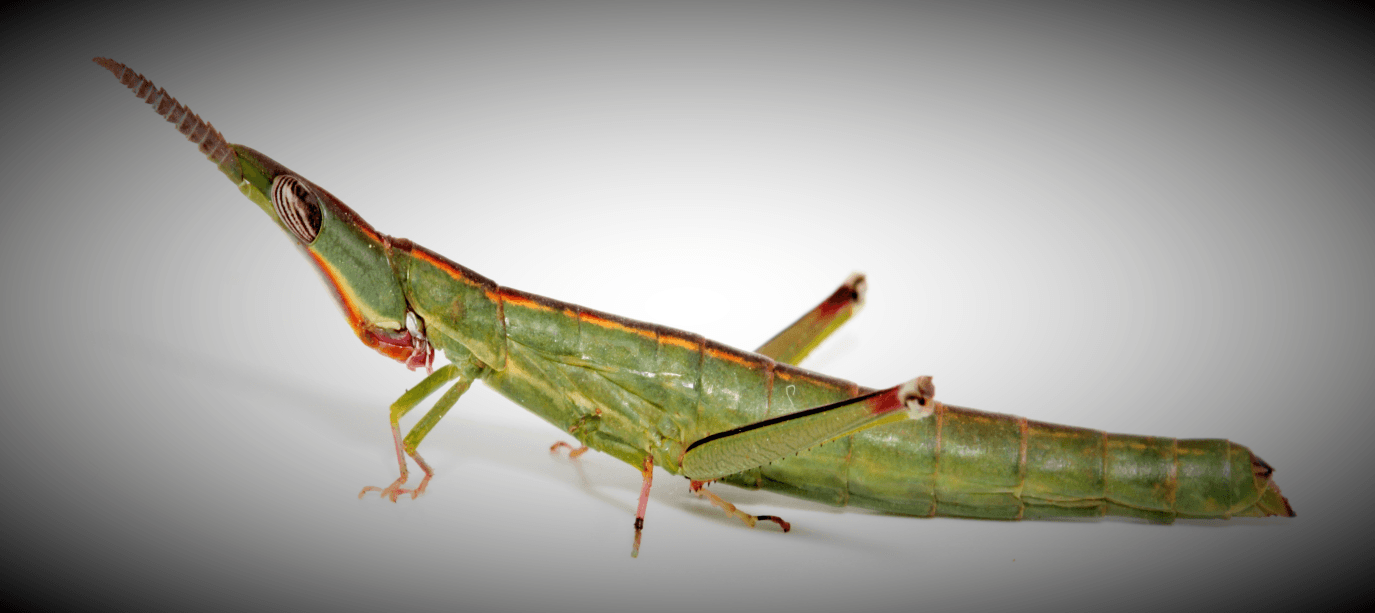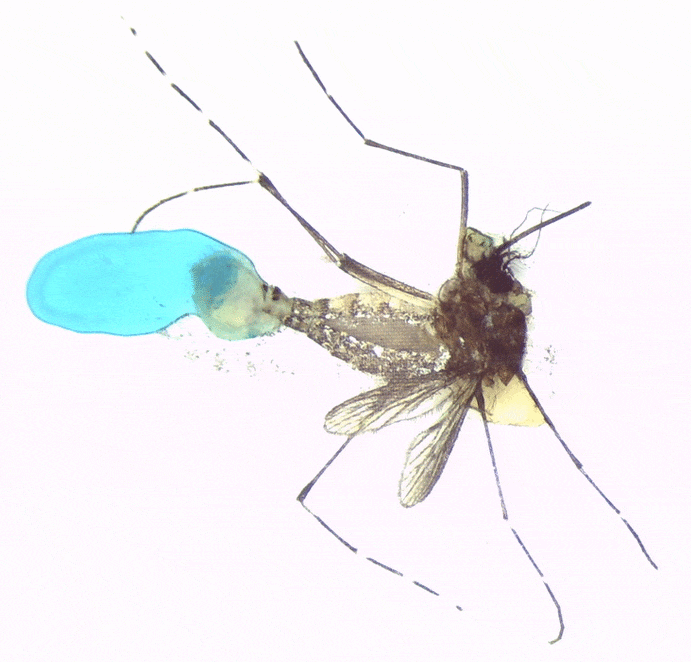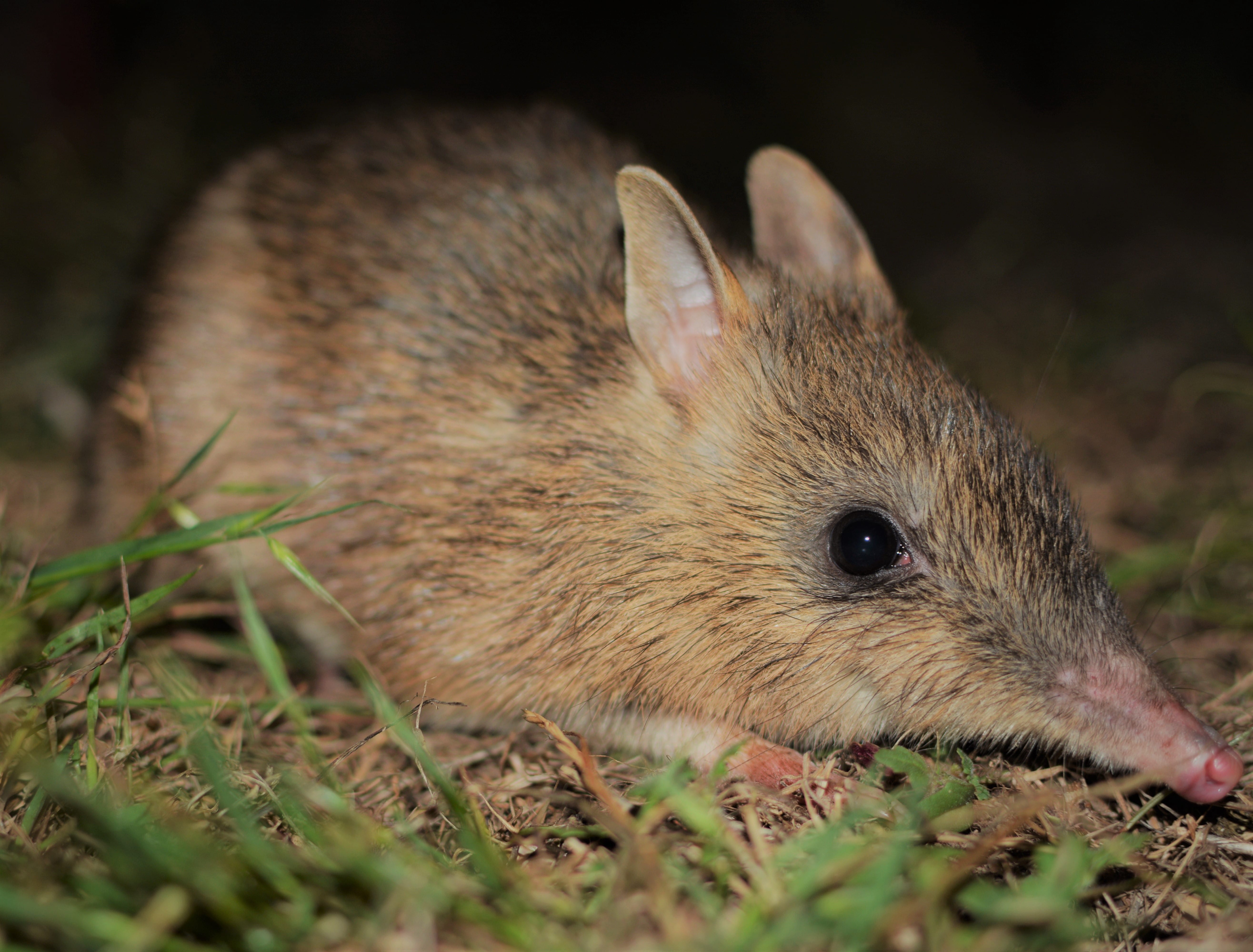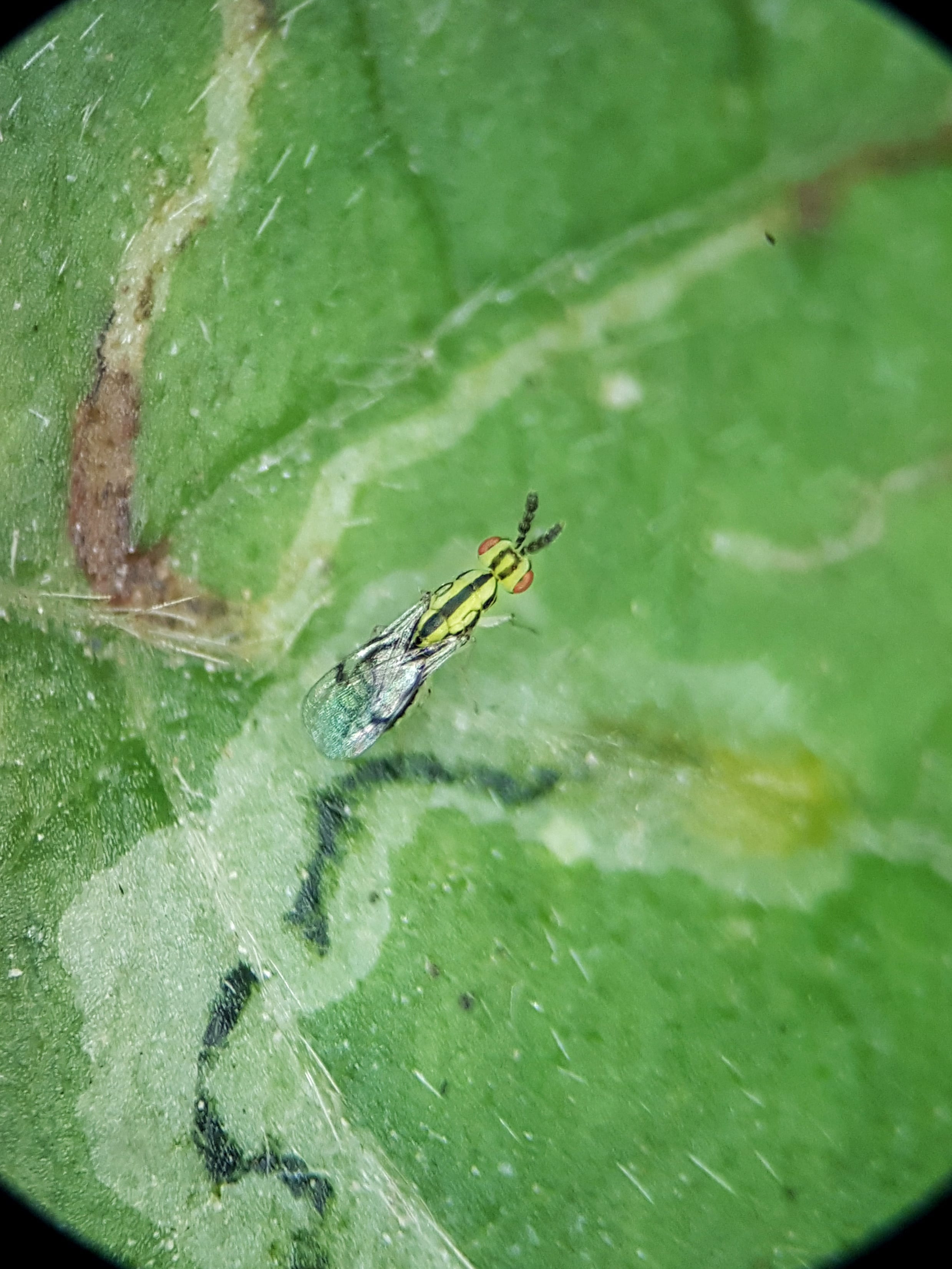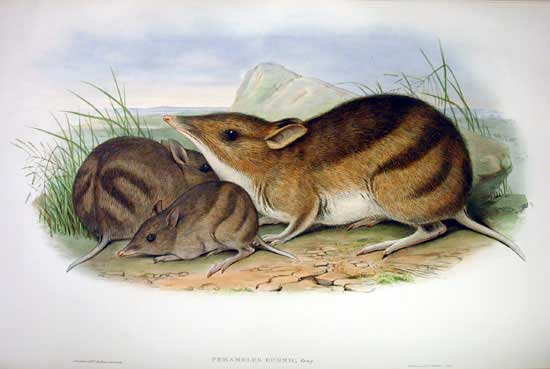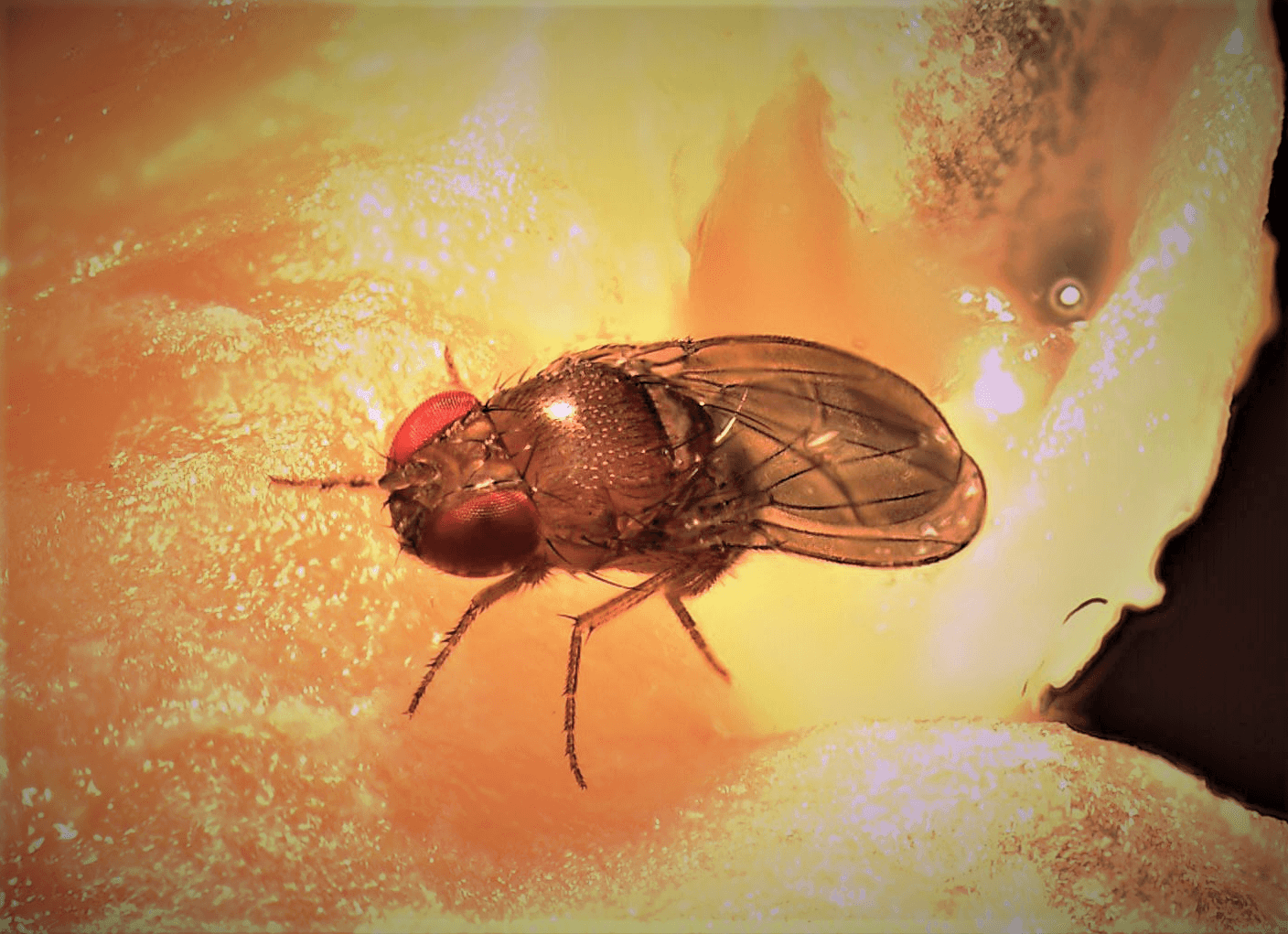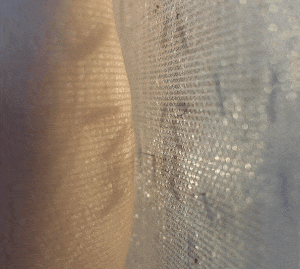Image credit: Zootaxa Congratulations to Ann for being recognised for her extensive contributions to our understanding of Australian flies. A species of Victorian fungus gnat (Diptera: Sciaridae) has been formally described and named Austrosciara stockerae. You can read about the taxonomic details in a recent Zootaxa article here. The dedication blurb A bit about Ann […]
Words and images: Vanessa White Some important lessons learnt and new questions around Vandiemenella laboratory rearing In the previous grasshopper blog, I reported “reasonable success with room for improvement” in our attempts to rear Vandiemenella grasshopper nymphs in the laboratory. Alternative housing is an important focus for improvement, but a discussion with Mike and Ary […]
Words: Vanessa White Images: Mike Kearney and Vanessa White Why Australian grasshoppers are fantastic research subjects: The Morabine grasshoppers (subfamily Morabinae) commonly known as “matchstick grasshoppers” are endemic to Australia and comprise 40 genera and around 250 species (Rentz 1996). Both sexes are wingless with a characteristic matchstick-like appearance. Some Morabine species have been studied […]
Words: Mengjia Liu Images: Perran Ross and Mengjia Liu It is important to study the fitness of different colonies of Wolbachia-infected mosquitoes, and also of interest to test fitness effects within the same colony when mosquitoes are maintained under different conditions. As we have been maintaining uninfected mosquitoes under laboratory conditions for over 25 generations, […]
Aedes notoscriptus has been identified in association with the emerging bacterial pathogen Mycobacterium ulcerans, which causes Buruli ulcer, as well as being a vector of Ross River virus. Key ecological features such as bloodmeal feeding patterns and movement dynamics of individuals are however not clearly defined. This project will involve both laboratory and field-based components. Field […]
Words: Anne Aulsebrook Cover image: Mount Rothwell Conservation and Research Centre An article published in 1934 describes the flavour of bandicoot stew. ‘After chewing a mouthful I gave up.’ The writer states, ‘The stew tasted like roots. I have not sampled stewed bandicoot since.’ At the time of the article, bandicoots in Australia were already […]
Words: Linda Thomson Image: Zagrammosoma latilineatum by Elia Pirtle Along with sustainability, biodiversity is a current catchword. Our work demonstrating the benefits of non crop vegetation on increasing biodiversity and especially “beneficials’ which contribute to pest control in crops. Enthusiasm for the project is shown by the excellent attendance at a recent workshop – report of […]
Words: Ary Hoffmann Cover image: John Gould 1863 As featured recently in a Pursuit piece, we are making steady progress with the genetic rescue of eastern barred bandicoots through our joint work with Mt Rothwell sanctuary. Genetic rescue provides a way of introducing new genetic material into threatened populations which in turn allows these […]
Words: Ary Hoffmann Cover image: Perran Ross As Wolbachia bacteria that live inside insect cells continue to be discovered and studied in detail, our appreciation of the diverse ways in which these bacteria interact with their hosts continues to expand. In past work we have found Wolbachia that cause embryo death when infected males mate […]
Words and video: Perran Ross I recently filmed one of our mosquito colonies trying desperately to reach my arm through their enclosure. The video has been posted on Reddit by a third party and received enormous attention with over 4.5 million views in its first nine hours. To make the video, I held my arm […]
